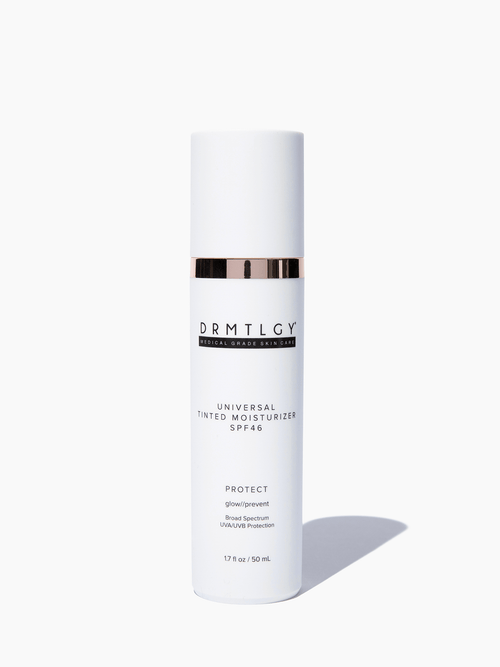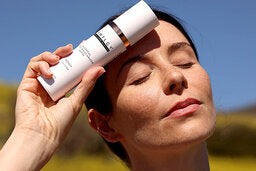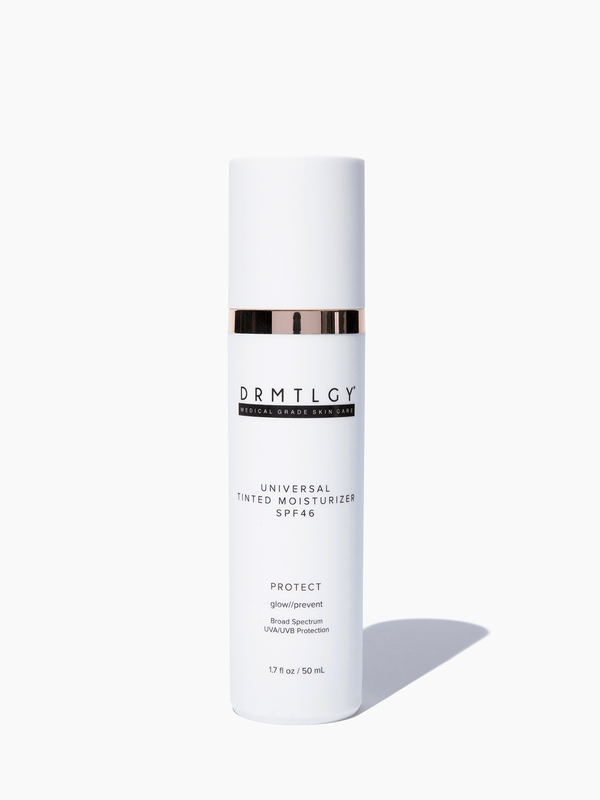At some point, we all get scars. Every one of our wounds results in some type of scarring. For some people, scars tend to heal seamlessly, while for others, even a papercut will leave scar tissue behind. Scars are the direct result of the healing process, in which collagen forms to repair the bodily wound. Identifying types of scars is an important step for figuring out the best plan of action to heal them.
Three Types of Scars
There is some debate over the effectiveness of certain ingredients and scar tissue, but not all scars are created equal. While there are a plethora of types of scars, we are going to focus on the three most common and invasive ones, particularly on the face: Keloids, Atrophic scars, and Hyperpigmentation. Each of them are different in both formation and treatment, so identifying the type of scar will increase the benefits of the treatment.

Keloids
- Keloid scars are larger, often puffy looking scars formed by an excess of collagen at the site of a wound. These scars are typically raised above the skin from the extra scar tissue, and can often be itchy or uncomfortable.
Atrophic Scars
- Atrophic scars are very common and develop regularly because of acne or severe burns. They are usually in the form of small pits and holes in the skin, giving a pockmaked appearance to your skin.
Hyperpigmentation
- Hyperpigmentation comes in several forms, like freckles and age spots. Dark, blotchy patches of skin often appear after a blemish has healed, or after we’ve spent too much unprotected time in the sun. This type of scarring is increasingly common in more mature skin.
How To Treat Scars
Like we said before, it’s important to know what type of scar tissue you’re dealing with to ensure that you minimize their appearance. Major scars may never go away or require grafting surgery, but luckily, there are a number of treatments aimed at lessening the visibility of most scars.
1. Retinol
This super-ingredient is a Vitamin A derivative that exfoliates the top layer of skin, boosts collagen and increases the speed of cell turnover to even out discoloration. As new collagen forms, the appearance of scarring can be dramatically reduced.
Good for Keloids, Hyperpigmentation
2. Alpha Hydroxy Acids
Alpha Hydroxy Acids (or AHAs) are acids that work to exfoliate the outer layer of skin. The seemingly most effective of all AHAs is Glycolic Acid. Typically found in sugar cane, Glycolic acid exfoliates the top layer of skin, while hydrating it at the same time. Exfoliation is critical to reduce scarring, as it promotes more even skin tones.
Good for Atrophic Scarring, and Hyperpigmentation
3. Beta Hydroxy Acids
Like AHAs, Beta Hydroxy Acids (or BHAs) primarily focus on exfoliating the uppermost layer of skin. BHAs—particularly the flagship Salicylic Acid—are especially beneficial for oily skin. They’re powerful acne-fighting exfoliation helps both ward off future breakouts, as well as smooth the appearance of Atrophic scarring.
Good for Atrophic Scarring, and Hyperpigmentation
4. Vitamin C Products
Also an acid, products that are packed with Vitamin C have proven to brighten skin tones, as well as help combat inflammation, making them essential to healing scars. As an added bonus, Vitamin C will help fight damaging free radicals, ensuring that the scar and the skin surrounding it are healthy on a cellular level.
Good for Keloids, Atrophic Scarring, and Hyperpigmentation
5. Sunscreen
Sunscreen acts more as a preventative measure than a healing mechanism for scar tissue, but the sun is the number one cause of skin damage, and protection from it’s harmful rays is vital. Be sure to look for a sunscreen with Broad Spectrum protection, as it’s important to be shielded from both UVA and UVB rays, both of which can be factors of hyperpigmentation. Many sunscreens now also offer moisturizing advantages, and keeping skin hydrated is important to skin, whether you have scar tissue or not.
Good for Keloids, Atrophic Scarring, and Hyperpigmentation
Preventative Care is Always Important
Sometimes even with the right products, the healing of scars can be a lengthy process, which is why it’s imperative to focus on preventative care. It’s certainly easier to fight the causes of scarring than it is to fight the aftermath—and for many scars (particularly Keloids) that can be difficult, because injuries are usually accidental. But taking measures to fight acne or sun damage before scarring occurs is your best bet for youthful, healthy skin.














